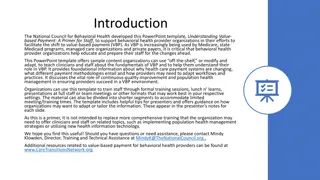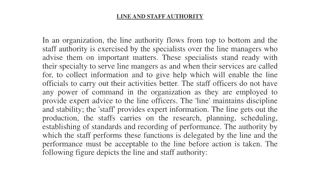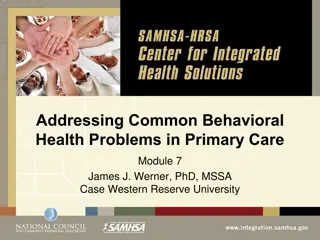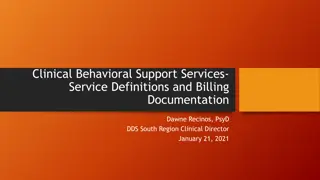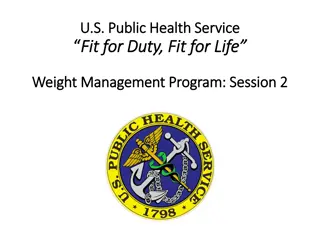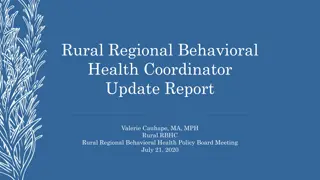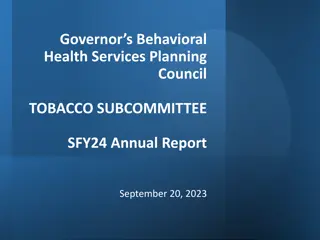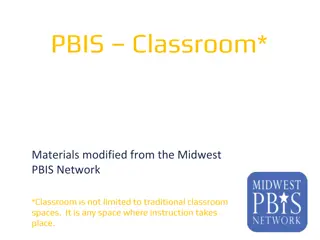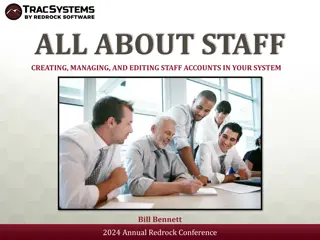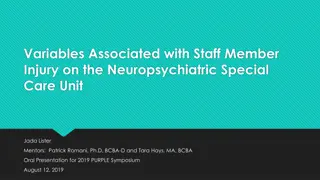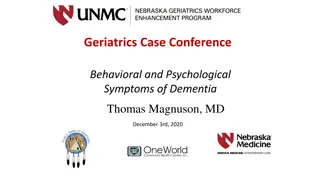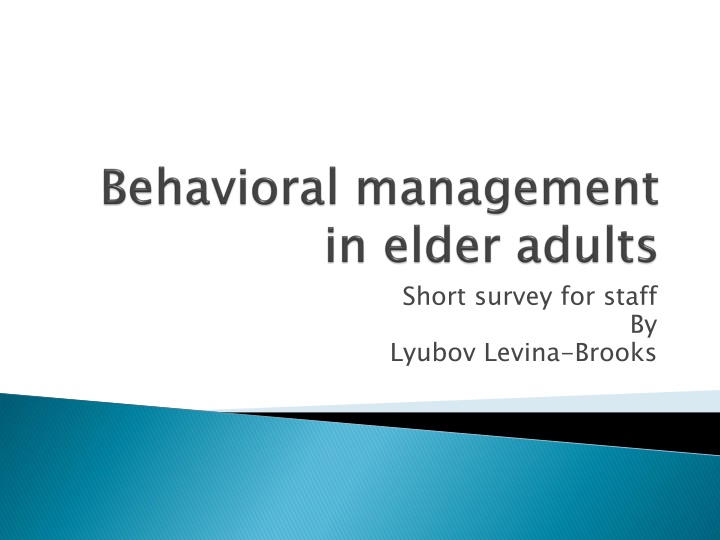
Managing Changes in Older Individuals: Strategies for Caregivers
Discover effective strategies for managing irreversible changes in older individuals, such as dementia and cognitive decline. Learn about behavior management, dementia symptoms, and person-centered care practices for improved quality of life.
Download Presentation

Please find below an Image/Link to download the presentation.
The content on the website is provided AS IS for your information and personal use only. It may not be sold, licensed, or shared on other websites without obtaining consent from the author. If you encounter any issues during the download, it is possible that the publisher has removed the file from their server.
You are allowed to download the files provided on this website for personal or commercial use, subject to the condition that they are used lawfully. All files are the property of their respective owners.
The content on the website is provided AS IS for your information and personal use only. It may not be sold, licensed, or shared on other websites without obtaining consent from the author.
E N D
Presentation Transcript
Short survey for staff By Lyubov Levina-Brooks
Once a person gets older he/she goes through many changes; most of those are irreversible. Body and mind start declining, many skills get lost Learning new skills gets harder and even impossible Behavior Management: Acknowledges the limitations of the individual and works around those limitations
Dementia describes a group of symptoms affecting thinking and social abilities severely enough to interfere with daily functioning Alzheimer progressive disease that destroys memory and other important mental functions. Examples of disturbing behavior: Anger, screaming Wandering Memory loss, confusion Impaired judgment, movement or language Changes in eating patterns: forget to chew, refuses to eat, risk for choking, dehydration and malnutrition
Utilization of the interpersonal, social and physical environment to creatively meet the needs of the individual in an individualized, responsive, and caring manner, resulting in increased satisfaction, function and improved clinical outcomes for clients. Goal is to offer: Support: Assistance : help where it is necessary, without compromising independence Cues : set some reminders around house. Structure : create routine, schedule which will not change and give their day structure Often we must change, not the individual for some of the changes they go through are irreversible Goals of care must always be directed towards providing/ increasing quality of life
Diagnosis is made on basis of exclusion Rule out treatable medical issues Rule out environmental triggers Rule out psychiatric causes When observing behavior changes proceed same way. Rule out other causes first: pain (UTI, fracture) medications side effects or interactions sensory (noise, environment changes)
After analyzing situation Change antecedent Change consequence Change both Use 1. Repeating 2. Redirection 3. Reinforcement 4. Reassuring Do not say simply No This leads to confrontation and escalation of problem behavior
Cognitive Impairment noticeable and measurable decline in memory and thinking Functional status unable to complete or initiate a task such as dressing, showering Environmental stimuli such as noises, or social isolation, such as being lonely Emotional states such as anxiety, inability to express needs. noticeable and measurable decline in skills such as
It is not ok to scream if you do not like something, if you just want attention, if you are upset at someone or many more situations. Examples when screaming is ok: emergency situation, you fell and need help, to avoid danger, warn someone of danger. Fighting is never ok! Stay peaceful!
Regular routine/keep it simple/avoid changes Opportunity to participate/make choices ask close ended questions Focus on assets(skills which are still available by patient) -use remaining abilities use short statements Be flexible/alter situations Do not reason with patient who can no longer think logically Approach slowly from the front in a friendly manner Rest between stimulating activities Sensory stimulation: Aroma therapy, Massage, Pet/Music therapy, video tapes of family Recreational interventions: Exercise movement program, Walking program, Games, Music/singing
Daily exercise Attempt to pinpoint cause Is wandering a problem? For whom? Safety for wandering person Locks/bells on doors, nightlights Fence/hedge Photo/ID Reassurance
Good lighting/diffuse lighting Avoid clutter/distractions Music Colorful dishes/glasses red/blue Small frequent meals/1 course at a time Finger foods Sit up/feet on floor/chin tuck position Remain upright for 30-60 min after meal Sit and feed at patients eye level/make eye contact Larger meal breakfast/lunch Frequent verbal cueing of desired behavior Vitamin/mineral supplement Observe rituals hand washing/blessing Keep food as close to original form Relearn eating behavior hand over hand guide Dentures in place, mouth care Dental soft diet Wear glasses/hearing aids Exercise

